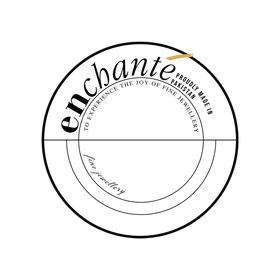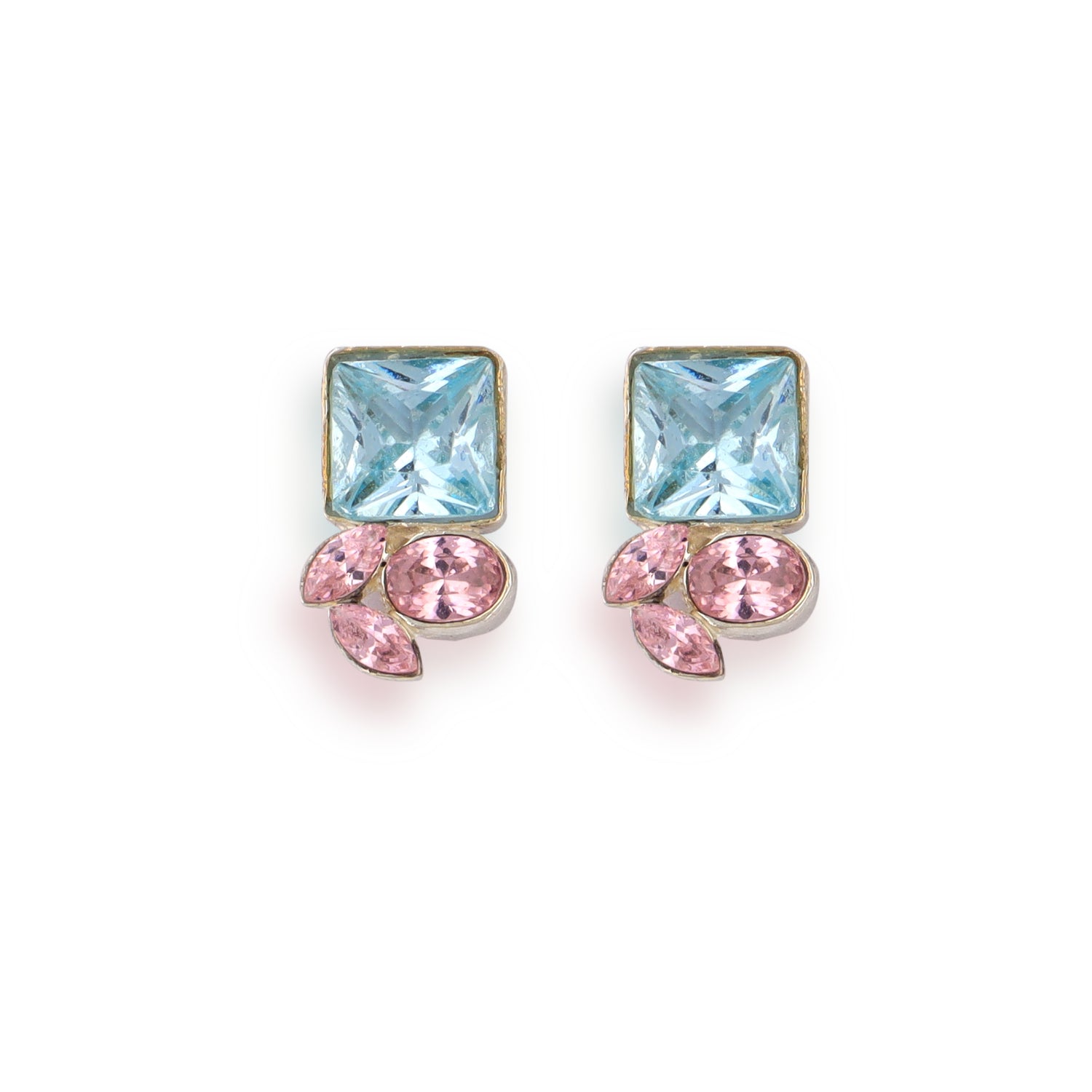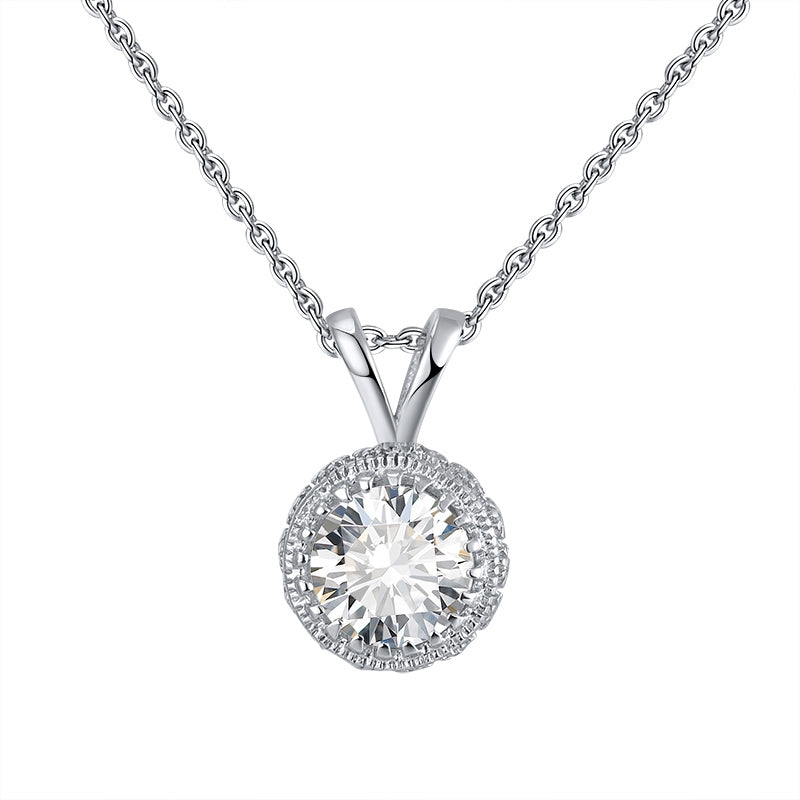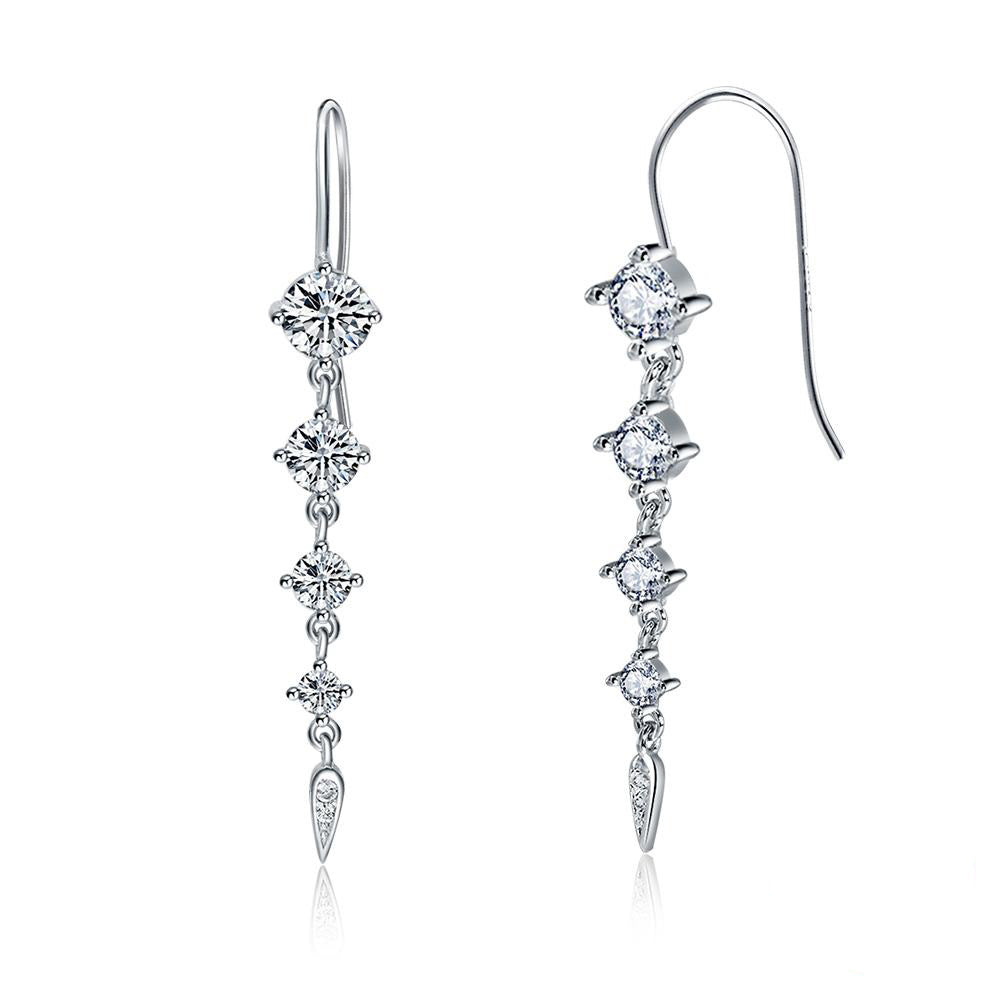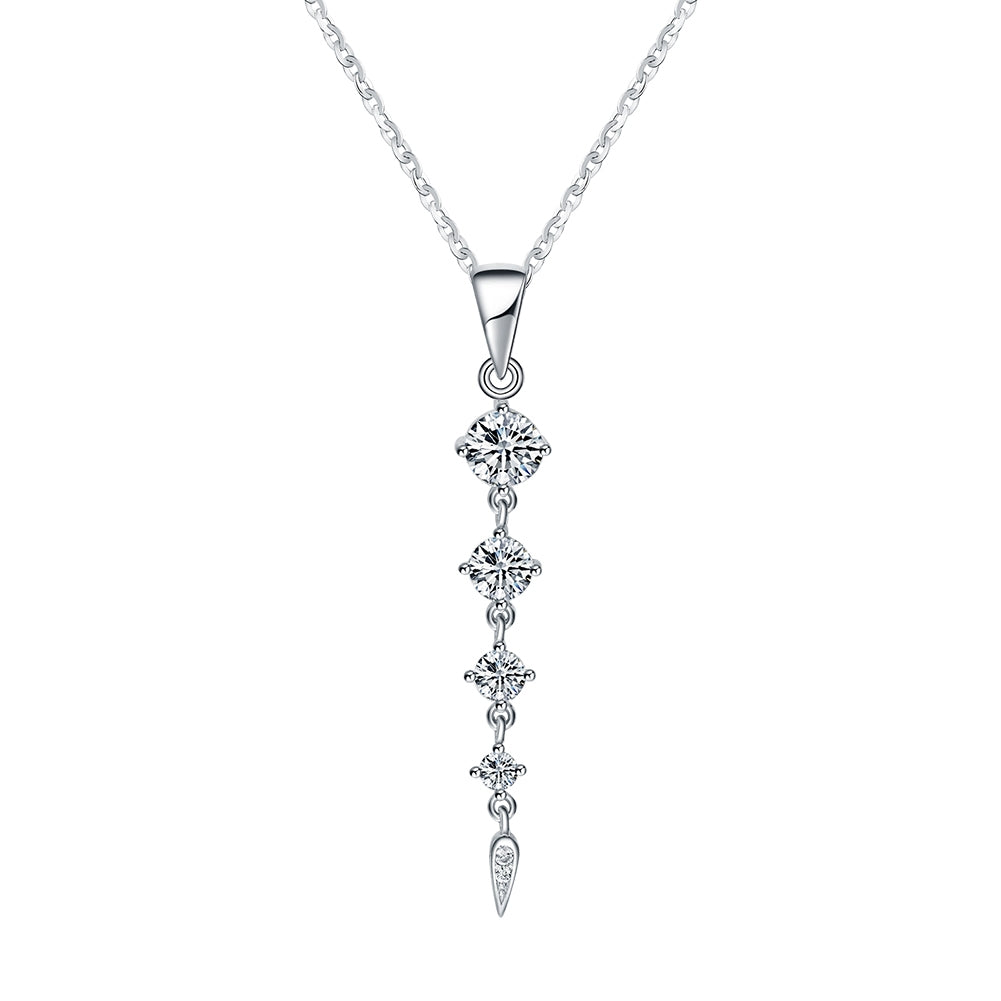Spreading over an area of 72,400 sq.km, the Gilgit Baltistan region of Pakistan is shrouded by three world famous mountain ranges, namely the Himalayas, the Karakoram and the Hindu Kush. Over the years, the mining industry in the region has grown, with gem enthusiasts and miners uncovering the precious blue-green gem in the Karakoram Range and the Hindu Kush Mountains.
Gemstone mining is done in all districts of Gilgit-Baltistan. According to a careful survey in 2007, 32 types of Gemstones, both Precious and Semiprecious are found here.
The history of aquamarine mining in Pakistan dates back centuries, with the mineral discovery in the northern regions. The first recorded finding of aquamarine in Pakistan can be traced to the late 1950s in the Shigar Valley of Gilgit-Baltistan. The country’s rugged terrain and challenging conditions have made aquamarine extraction arduous yet rewarding. Pakistan has since become a prominent global supplier of this enchanting gemstone, captivating jewelry lovers and collectors worldwide. Out of the total production of gemstones produced in Pakistan 95% come from Gilgit Baltistan.
Almost all colours and varieties of tourmaline are found in Pakistan.
Tourmaline is a crystalline silicate mineral group in which boron is compounded with iron, aluminum, lithium, magnesium, sodium, potassium, etc, and is found in a wide variety of colours. Tourmaline is used for many industrial purposes, including agriculture, paints, cosmetics, especially in hair-care products, jewellery, textiles, water purification, etc. Black tourmaline (Schorl) is used to absorb pyroelectricity, emissions of far infrared radiation, ions’ adsorption, negative air ions, detoxifier, and the influence of biological activity.
Aquamarine, derived from the Latin words “aqua” meaning water, and “marin” meaning the sea, perfectly captures the essence of this remarkable mineral. Renowned for its delicate blue-to-blue-green hues, aquamarine has long been associated with the calming tranquility of the ocean, evoking a sense of serenity and purity. This mineral owes its captivating color to trace amounts of iron present within its crystal structure. Renowned gemologist and mineralogist, Dr. Groat, named the gem “Shigar aquamarine” after its place of origin.

Gilgit-Baltistan has tremendous amount of gemstone wealth and thousands of miners are busy to explore this wealth, but due to unscientific and crude mining methods this mineral wealth goes into waste in many ways, like fractures, damages and total destructions of gemstone due to ill blasting methods and lack of proper training. According to this survey there are more than 2000 mines which produce different variety of gemstones and numbers of miners involved in this mining industry directly or indirectly are more than 25000. Due to these crude and unscientific mining methods, improper camps without hygienic facilities, lack of proper mining equipment, lack of basic health facilities and safety tools and lack of mining equipment repairing facilities at mining sites, number of problems are arising. These problems include damage to the fauna and flora in mining areas, damage to the eco system due to blasting.
